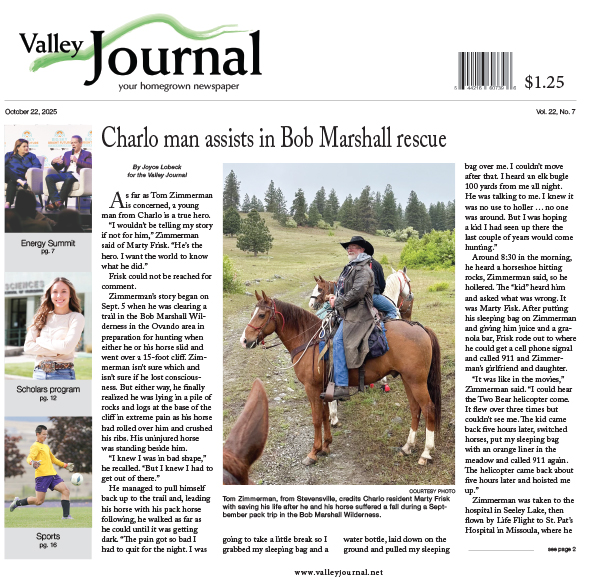- Home >
- News >
- Local News
Work underway to save historic paintings
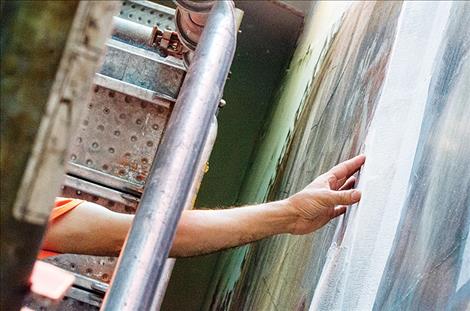
Karen Peterson
Greg Marsters, historical repair expert, shows where the painting of St. Joseph has buckled outward and been covered with a temporary mesh to prevent further damage. His crew is working to save the painting.
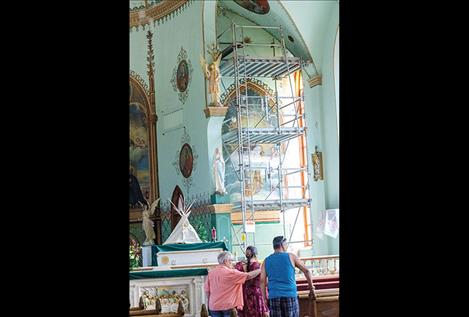
Karen Peterson
Scaffolding is in place to repair the painting.
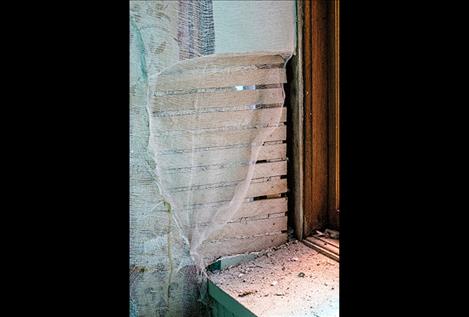
Karen Peterson
The bottom corner of the wall underneath the painting of St. Joseph needs repaired.
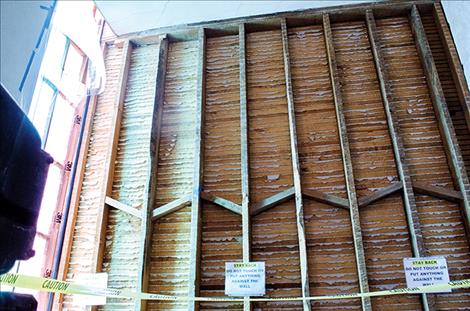
Karen Peterson
The plaster on the backside of the wall, without paintings, was removed so the front side of the wall with the painting of St. Joseph could be repaired.
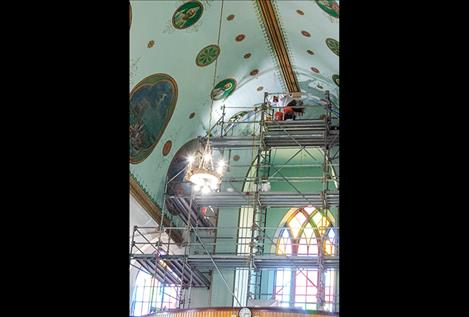
Karen Peterson
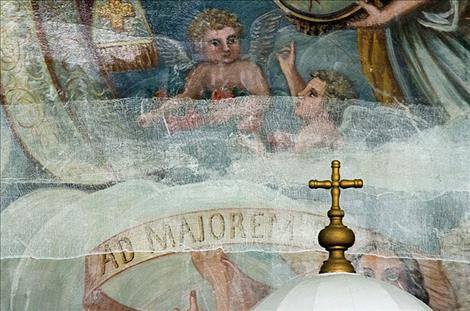
Karen Peterson
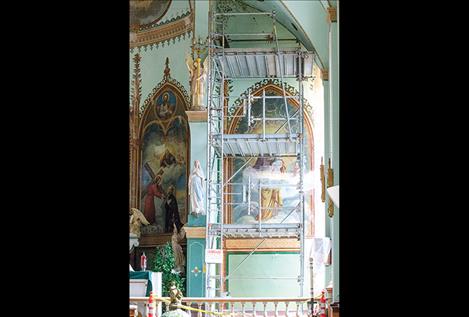
Karen Peterson
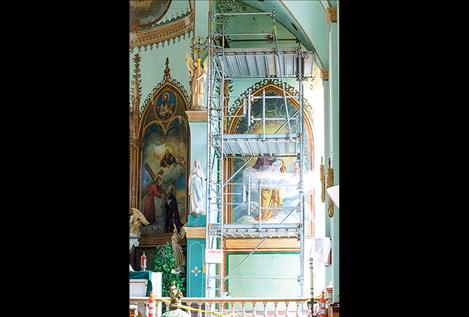
Karen Peterson
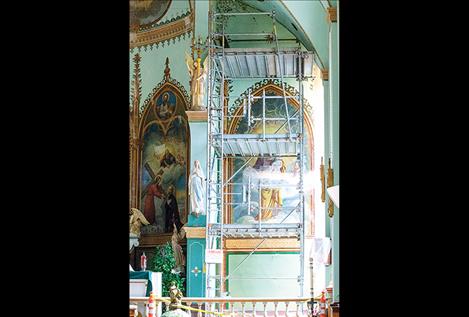
Karen Peterson
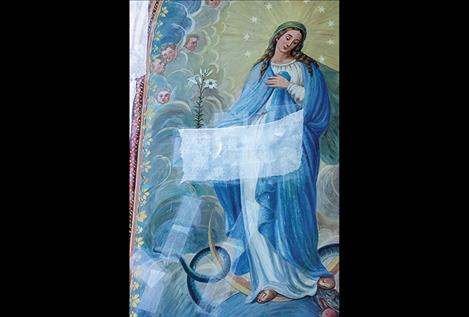
Karen Peterson
Issue Date: 8/15/2018
Last Updated: 8/14/2018 8:45:16 PM |
By
Karen Greene
Keep Reading!
You’ve reached the limit of 3 free articles - but don’t let that stop you.















